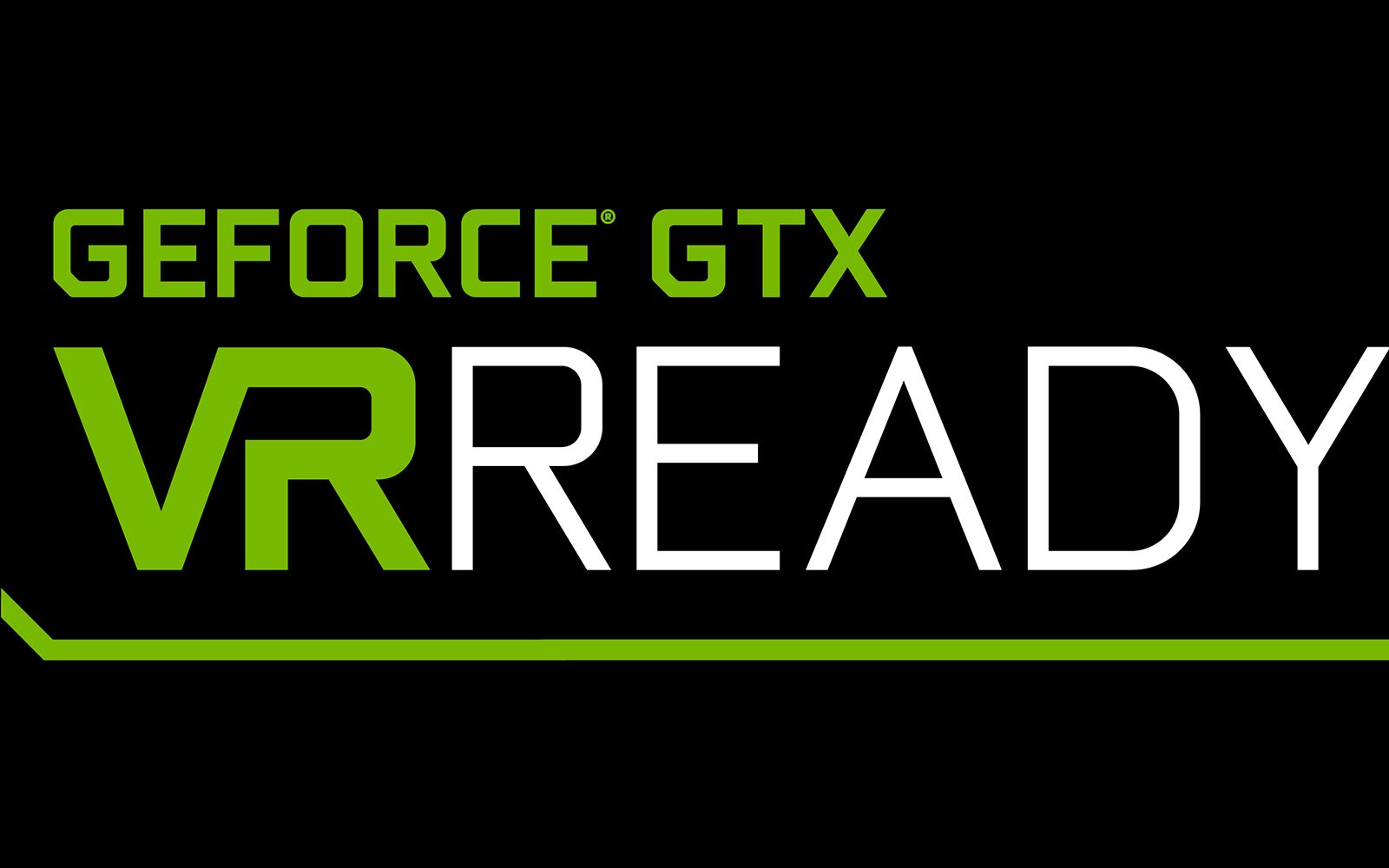Nvidia has announced from CES in Las Vegas that it will be spearheading a programme designed to make it more obvious which machines are virtual reality ready for gaming.
PC and notebook makers as well as graphics card manufacturers are in on the scheme with Nvidia. The plan is to feature the "GeForce GTX VR Ready" label on machines that have enough power to handle virtual reality graphics.
Machines that are deemed worthy will be able to render virtual reality graphics on a connected VR headset above 90 frames per second for the dual images for each eye.
Minimum requirements are: a head mounted display, Nvidia GTX 970 GPU or better, Intel Core i5-4590 CPU or better, 8GB RAM minimum, 2x USB 3.0 and HDMI 1.3, Windows 7 SP1 or newer.
Nvidia claims to offers the fastest performance with lowest latency thanks to its Maxwell graphic architecture which was designed with VR in mind. This offers support for Nvidia Multi-Res Shading, which the company claims boosts performance by up to 50 per cent while maintaining image quality and reducing latency.
Big names already onboard include Alienware, Asus, Hewlett Packard MSI, Maingear, Amazon and more.
"For customers, navigating an emerging technology like VR can be daunting," said Jason Paul, general manager of emerging technologies at Nvidia. "We’re working with trusted partners worldwide to simplify the buying process with a GeForce GTX VR Ready badge that will let customers quickly identify PCs or add-in cards that are capable of handling the demands of VR."
READ: Lenovo makes modular ThinkPad X1 Tablet: Add-on battery, projector, 3D scanner and more

